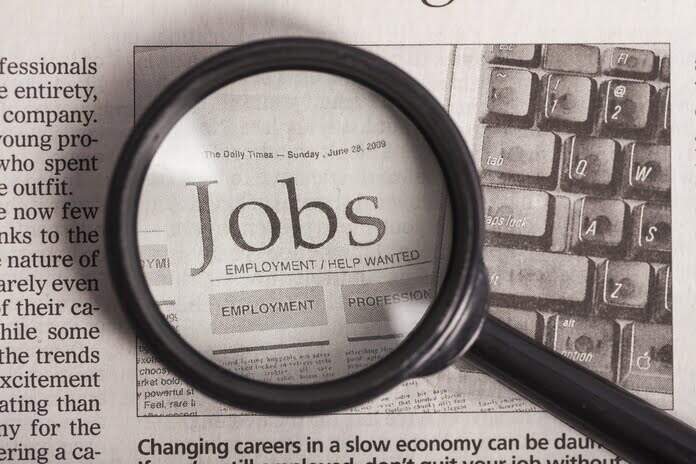The latest report from the Labor Department reveals a notable drop in the number of Americans filing for unemployment benefits, marking the lowest level in over a year. For the week ending January 13, jobless claims decreased by 16,000 to 187,000, reaching the lowest point since September 2022. The four-week average, a less volatile indicator, also saw a decline of 4,750 to 203,250, representing the lowest four-week average in almost a year.
During the week ending January 6, a total of 1.81 million Americans were receiving jobless benefits, reflecting a decrease of 26,000 from the previous week. These figures emphasize the resilience of the labor market despite the presence of elevated interest rates aimed at cooling the economy.
Weekly unemployment claims serve as a representative measure of U.S. layoffs in a given week, and despite the backdrop of high interest rates and increased inflation, they have remained at remarkably low levels.
In response to the four-decade high inflation following the robust economic rebound from the 2020 COVID-19 recession, the Federal Reserve raised its benchmark rate 11 times since March 2022. Although inflation has moderated over the past year, recent data from the Labor Department indicates a 0.3% increase in overall prices from November and a 3.4% rise from the same period a year earlier. This suggests that the Fed’s efforts to curb inflation to its 2% target may encounter ongoing challenges.
While the Fed has maintained its rates in the last three meetings, many economists are anticipating multiple rate cuts throughout the year. Despite initial concerns that the rapid rate hikes in 2022 could push the U.S. economy into recession, it has demonstrated unexpected resilience, with the unemployment rate staying below 4% for 23 consecutive months – the longest streak since the 1960s.
The combination of moderating inflation and low unemployment has sparked optimism that the Fed is achieving a “soft landing,” adjusting rates sufficiently to control prices without triggering a recession.
Featured Image: Freepik @ BillionPhotos









